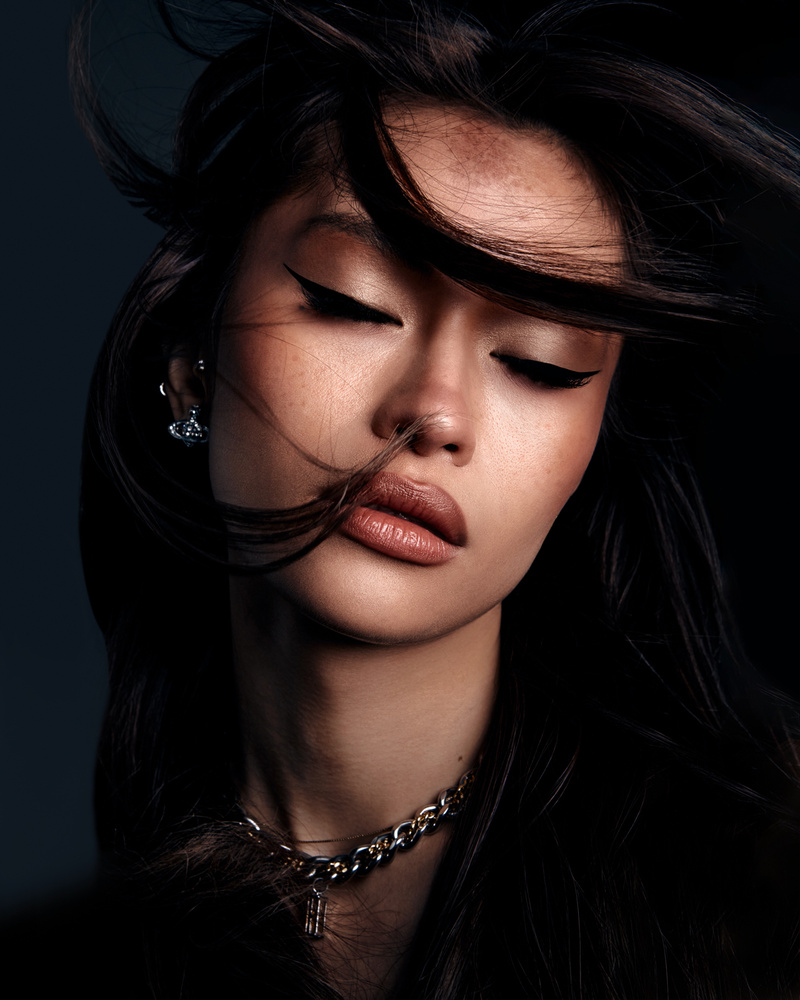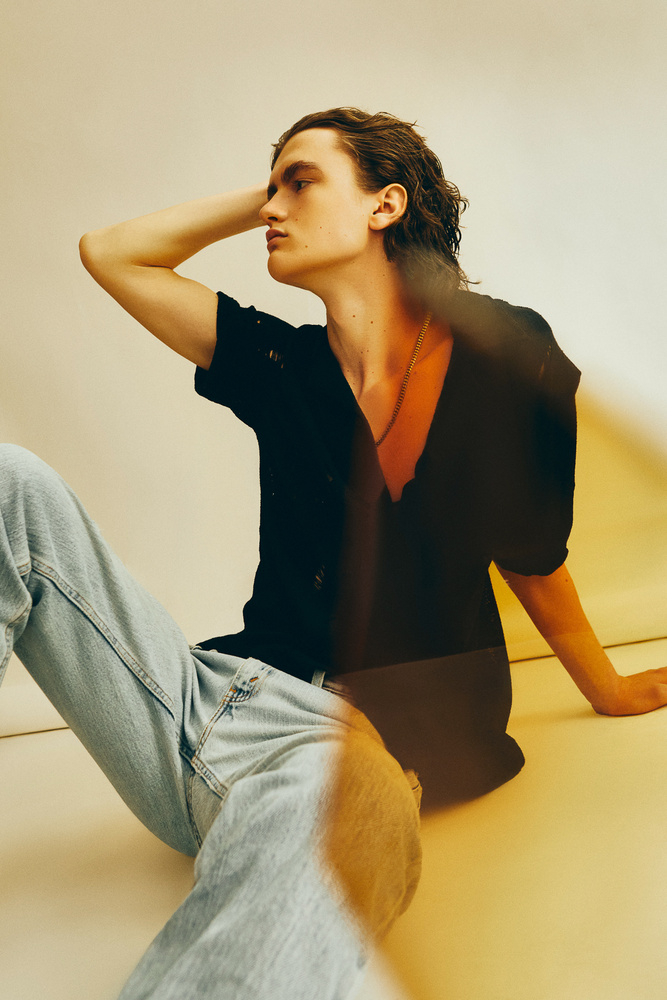My first-ever article on Fstoppers condemned the use of presets and inspired photographers to focus on creating their own color grades and styles. Looking back, I still stand by some of those points, but not all of them. You see, while using presets is bad, creating your own presets might actually be beneficial to your photography and editing workflow.
Photography is an art form that requires a lot of creativity, skill, and patience. At least, that's how it was. Nowadays, photography is a lot more about creativity, aesthetics, and speed. A lot of photographers, myself included, have access to a myriad of tools that help them achieve their artistic vision in a matter of seconds. Let's be frank, there isn't always time to dial in the image to look exactly how you need it to be. Sometimes, you need to use presets.
Before going further, I would like to emphasize the importance of knowing how to color grade and relying on your skills to achieve any look you want with the images. This is why when using presets, I strongly encourage you to use your presets rather than the ones bought from other photographers. Let's discuss how you can start making your presets and why you should ultimately use them.
The Case for Using Presets
As a professional photographer, I work a lot. There can easily be up to eight shoots a week in my schedule. At the bare minimum, that is 8,000 images shot, 72-100 retouched, color-graded, and delivered. I can't take too long with that either. My turnarounds are usually a week, two at most. To speed up retouching, I work with a team of two retouchers. The most time-consuming part of post-production for me is culling. While the 100-1,000 image selection is rather simple, narrowing it down to the final shots can easily take up hours. I take a lot of time to think about what image fits the brief best and what image will be the strongest. One thing that helps me select the final shots is a color grade.
On-Set Comfort
Having a more-or-less ready color grade on the image as early as capturing it on-set has become a necessity. I can't work when I don't see the color grade instantly. It helps me compose and work with the desired color. As you might know, my work is color-heavy. I enjoy extreme colors and vibrant tones. The raw image that I capture often lacks those. For example, as is, I hate how gels look. However, after a color grade, they look much stronger. I used to take the time to make a color grade at the start of each look. After some time, I realized that I am essentially doing the same look over and over again. This led me to create some presets.
Presets have since saved me a lot of time and effort when editing images. Sure, they are almost never enough to give the images their final look, but they are 80-90% there. Instead of having to manually adjust each setting, I give the desired look and then go in and make the precise adjustments.
Consistency
Another thing that presets have given me is a consistent look. While I would have it anyway since I know what I like and what I don’t, they help take that consistency to the next level. One of the things that help you define your style is a distinct color grade: for example, how muted your colors are, how much contrast there is, how much clarity, and so on. While this is not the only thing that makes up a style, it is one of the main things. Having a consistent and recognizable style can help you create a brand that people will know and recognize. This can lead to you being able to increase rates and work with higher-end clients. I know photographers who did this by buying presets as well, but once they face the reality of having to color-grade based on a reference, their lack of knowledge shows quickly.
Inspiration
This brings me to my next point, presets can inspire creativity. While directly contradicting what I thought before, I actually changed my mind about this. Having tried using my own presets, I often find editing faster, especially if the shoot is not something I like. By using presets, I avoid being stuck and feeling uninspired. Experimenting with different looks, I can easily try a new technique and style that I may not have considered before. Presets can be a great way to develop your skills as a photographer.
Learning
Lastly, they help you learn. All a preset is is a collection of settings that you pre-configured. In my case, I configure things such as highlights, shadows, curve, color wheel, grain, and clarity. I also keep a version of the same color grade with less and more contrast. I keep my adjustments fairly small with presets. For example, I don’t go below ±10 on highlights and shadows, while the curve also stays within reason. On their own, individual adjustments may not seem like much, but when you look at the combined final result, it will be a major difference. That said, I love contrast and detail, so I have a few that take it to extremes and forget about all conventions and rules. We’re talking about values of ±100 and curve shapes that resemble mountain roads rather than smooth curves. To be frank, I am more and more leaning toward extreme adjustments and looks. I feel like too many people are not using the full potential of their editing software.
Closing Thoughts
All in all, presets are an incredibly useful tool that helps you work faster, be consistent with your work, learn new techniques, and visualize images before ever editing them. They also help you move forward and keep momentum. Creating your own presets takes a lot of time and effort. However, consider that investment into all the future jobs you will have. Eventually, in a couple of years, you will have an incredibly consistent look that is fully yours. Don’t hesitate to experiment with the sliders and forget about the rule of keeping adjustments minimal. If you feel like an extreme look will fit the image, go for it.
Do you use presets? Did you make your own or buy them? If so, which ones? Let us know in the comments!







Don't use them, other than the ones already built into C1 on photo import.
My two cents on this one is that I wholeheartedly agree with the caveat that photographers should avoid using actual “preset” features in whatever app they prefer and rather just use LUTs instead. LUTs are portable to virtually any editing application which means you don’t end up feeling like you are forced to forever use a single app because the effort cost to remake your presets in another tool is daunting.
Back in the day (2014), I used to use a bunch of bought presets and LUTs. But, I ended up spending a lot time just trying decide which one to use. Decisions, decisions. After a while, I often ended up not using of any them and just created my own. I learned to create my own by reverse engineering the presets I liked in whole or in part.
Nowadays, as a starting point, I just use my own that sort of mimics the sooc jpg file. After years of experimenting with different adjustments using the raw file, I find I'm actually quite content with the sooc jpgs. They just need a tweak here and there. On top of that, my presets automatically create the layers that I typically create. It's more systematic and consistent.
Presets are great, whether bought or self-made. Photographers tend to pooh-pooh new things, and then later realize "oh, that's actually useful!" Same for chimping. Image review is smart and useful no matter how many times someone claims it's "bad".
You make it sound like people who don't use presets or don't like chimping are somehow wrong, which isn't the case. We are all individual. As for chimping, it can be an unwelcome distraction, depending on the type of photography you are doing. Event, sport, wedding, street photographers should avoid chimping as it will take them away from what's unfolding in front of them.
So, basically, everything is modified to a ridiculous extent. I miss just taking a photo that is natural. This assumes that is not an assumption of my own mind. I miss something that doesn't seem to exist now.
--- "So, basically, everything is modified to a ridiculous extent."
No. No one is saying that.
--- "I miss just taking a photo that is natural."
I don't understand. What's stopping you? If that's what you're in to, that's what you do.
MastinLabs presets are amazing and really do speed up a workflow. i modify them a little, but strong. They arent cheap (they have good sales) they are def worth it.
www.instagram.com/darrellmillerphotography
Agreed, Mastin presets are good.
I'd reply to Sam Sims above, but this whacky system won't let me.